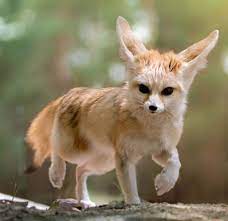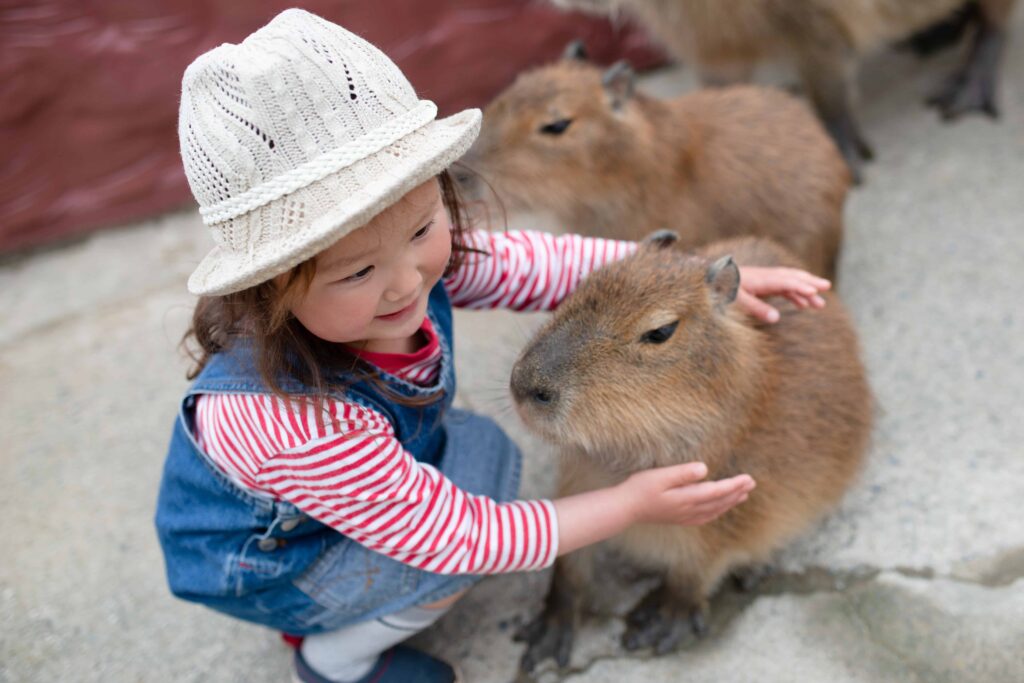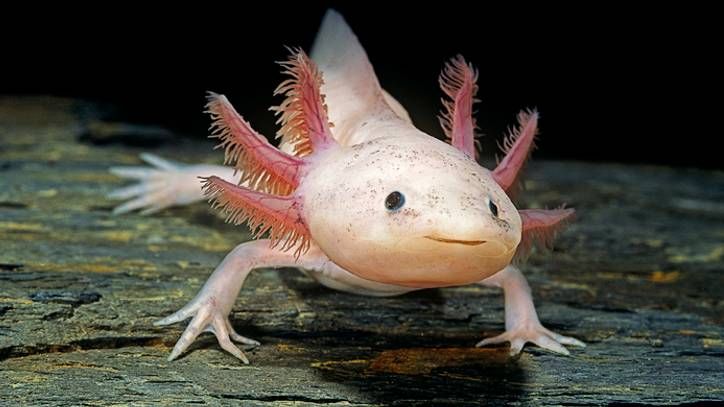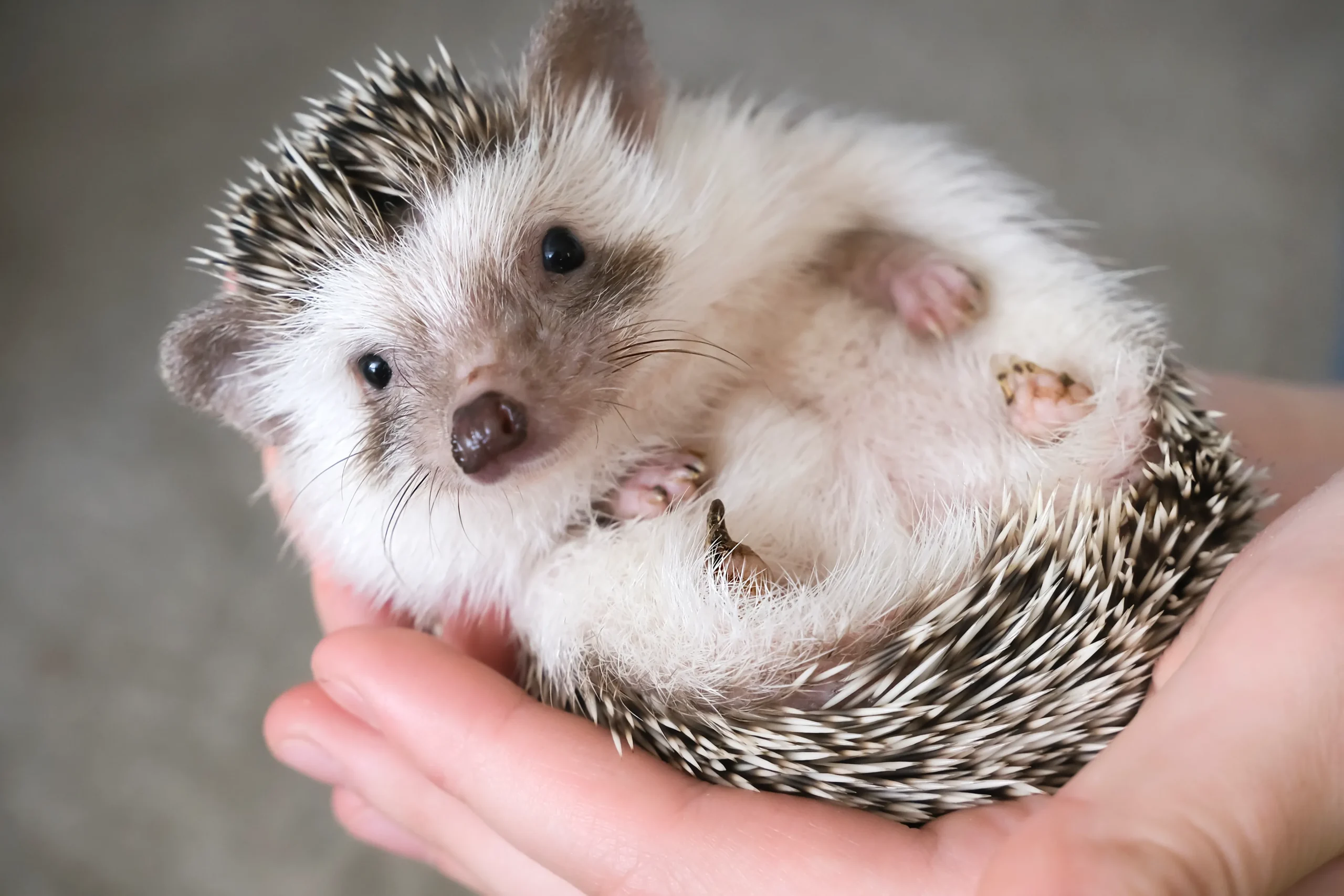While most Britons are more than content with a cat or dog as a companion, some daring individuals prefer more wild-natured companions.
UK pet owners can keep a zoo of wild animals, from the smallest fox to the largest rat.
Although they may have endearing appearances, professionals advise potential pets owners to exercise caution when handling them.
Your pets and you could suffer if you let one of these strange creatures into your home.
If you’ve been contemplating the exchange of your pet for a capybara, continue reading to determine whether or not this is, in fact, such a brilliant plan.
The Fennec Fox
Being the smallest fox in the world, the Fennec fox may look like a good cat or dog replacement.

Experts caution, however, that these desert creatures make awful pets.
They may be cute, but their huge ears and silky tails are adaptations to the Sahara desert’s harsh heat.
To burrow and roam, Fennec foxes require constant temperatures of at least 64°F (18°C) and expansive sandy areas.
Stress-induced Fennec foxes housed in domestic environments are loud, foul-smelling, and even capable of biting their proprietors.
Keeping one of these animals is lawful, but most individuals lack the space and money to care for them.
Wild Side Exotic Rescue’s founder, Lindsay McKenna, said, “Their requirements can be quite expensive and specific, and the average person cannot accommodate them given the amount of space they require.”
“If you genuinely adore Fennec foxes, refrain from purchasing one.”
Capybaras
Although this may seem highly unusual, capybara ownership is lawful in the United Kingdom.
Chris Lewis, Born Free Conservation Charity’s captivity research officer, said capybaras may increase in the UK.

The UK’s ‘negative list’ approach allows unlicensed animal ownership without explicit legislation.
Ownership of capybaras was prohibited until 2007 under the Dangerous Wild Animals Act, which classified them as dangerous wild animals.
Nevertheless, the capybara is no longer on the list; anyone may purchase and maintain one without consequence.
“Since their removal from the DWA, capybara trends have likely begun to increase because you are no longer required to have a license,” Mr. Lewis explained.
“That formerly existing deterrent is no longer present, which creates opportunities [for ownership].”
Despite being permitted, Mr. Lewis asserts that he would “strongly advise individuals against keeping capybaras.”
Capybaras, the world’s largest rodents, can weigh 175 pounds despite their juvenile size.
Additionally, they require vast bodies of water for survival and inhabit herds of up to one hundred individuals in the wild.
Mr. Lewis further stated, “It is highly improbable that individuals possess the necessary resources to grant their needs.”
The Axolotls
These uncommon amphibians are possibly the most peculiar creatures on the list, renowned for their limb regeneration capabilities.
Although axolotls are classified as critically endangered in the wild, their trade remains unrestricted.
A significant proportion of the items available for purchase are captive-bred and not wild-caught.

However, although the fact that more of these endangered species are being bred may sound encouraging, the domestic varieties bear little resemblance to their wild counterparts.
Brown or grey, the critically endangered amphibian blends in with the soil of its natural habitat.
The Pitfalls of Axolotl Ownership
The pink and white albino coloration is exclusively cultivated in captivity; therefore, the pet trade contributes nothing to the conservation efforts of these animals.
According to Mr. Lewis, his team observed a significant increase in the commerce of these uncommon amphibians after adding salamanders to Minecraft.
“There are pressures from social media and even from children in the home, and parents will sometimes give in without realizing the consequences,” he explained.
On the contrary, parents who consented to the urge to satisfy their children with a new companion were doomed to fail, in the opinion of Mr. Lewis.
Mr. Lewis states, “They are not particularly interactive; they spend most of their time sitting at the bottom of the tank, and since they are ambush predators, they will not be swimming around the tank.”
Additionally, axolotls have incredibly delicate skin and are highly susceptible to infection if the water is not kept extremely pure; they should not be handled.
This, coupled with the fact that axolotls have the potential to live for as long as 15 years, generates a multitude of issues for an animal that is highly unlikely to pique a child’s interest.
According to Charlotte Regan, manager of wildlife campaigns for the nonprofit organization World Animal Protection, this can also result in animal suffering.
Ms. Regan stated, “The unfortunate reality is that wild animals suffer when they are unable to eat, move, behave, and socialise as they would in the wild.”
“As with all vertebrates, amphibians, including the axolotl, are sentient beings capable of subjectively experiencing their captivity via a variety of emotions and feelings, including pain, anxiety, and stress.” This holds for amphibians as well as mammals.
Marmosets
Unlike most monkeys and apes, marmosets are exempt from the Dangerous Wild Animals Act due to their small size.
Born Wild claims over 5,000 are privately owned, making them the most trafficked primate in the UK.
Marmosets require expansive territories to explore, substantial social groups, and ample mental stimulation.

They are susceptible to gluttony, health problems, and uncontrollable behavior when kept in captivity.
“Their high intelligence and complex social structure render them inherently unsuitable for keeping as pets,” Ms. Regan stated.
Social media videos that depict the adorable, minuscule monkeys interacting well with humans are extensively disseminated.
Nonetheless, Mr. Lewis cautions that this conduct conceals a more sinister source.
From an early stage of life, marmosets are separated from their mothers and raised manually by individuals.
The primates develop intense attachments to specific humans due to perceiving their keeper as their primary carer.
Mr. Lewis, however, asserts that this could lead to “severe behavioural issues in the future.”
He explains that when marmosets are deprived of their natural social interactions, they become excessively preoccupied with a single individual. This may lead them to exhibit unduly protective behavior.
“That’s not much of an issue when they’re young, but as they age and develop sharp claws, it becomes more of a concern,” he elaborates.
Glacier Gliders
Native to the cool-temperate forests of Papua New Guinea, Indonesia, and Australia is the minuscule sugar glider.
Sugar gliders, despite their resemblance to squirrels, are marsupials that are more closely related to kangaroos.
Legal requirements do not stipulate the need for a license or specialized apparatus to possess one of these arboreal creatures.

Social media and online marketplaces have contributed to the increase in captive sugar glider populations.
Ms. Regan cautions, nevertheless, that they are profoundly unsuitable for domestic life.
She stated, “In the wild, sugar gliders can glide up to 45 metres between trees and have a home range of approximately six football fields. As pets, they are frequently housed in cages that are two metres wide.”
Additionally, sugar gliders are highly social creatures that inhabit small groups but are frequently isolated as pets.
The absence of stimulation in companion animals frequently results in self-mutilation, excessive vocalization, hair loss, and biting.
Sugar gliders are prone to obesity since their owners can’t feed them properly. This occurs when they are deprived of their natural diet of tree gum in captivity.
Additionally, sugar gliders are nocturnal; therefore, engaging in daily activity would be inconsistent with their inherent circadian rhythms.
One death, five on ventilators; disease from tap water in California





